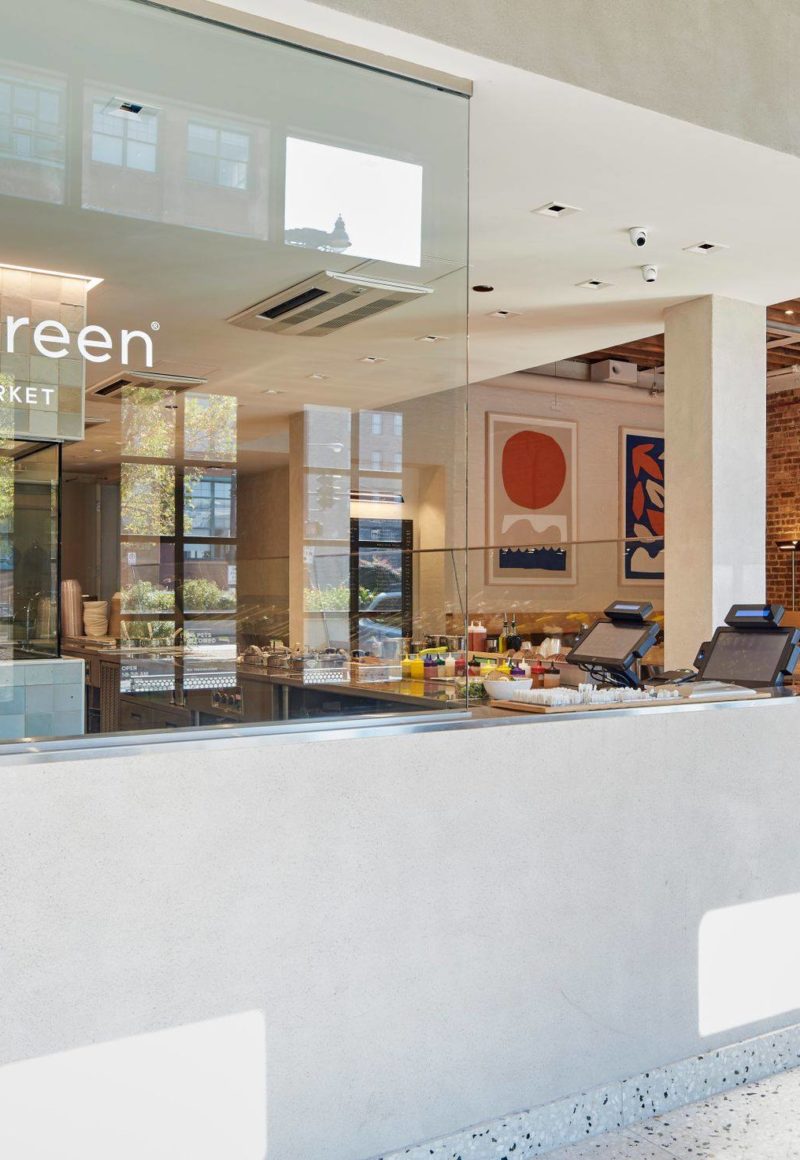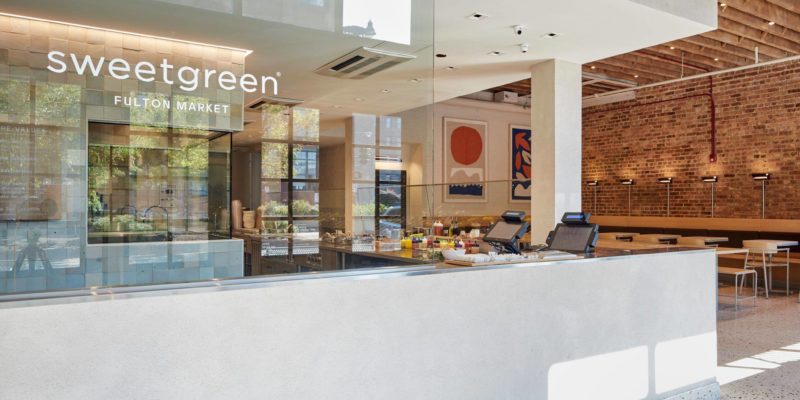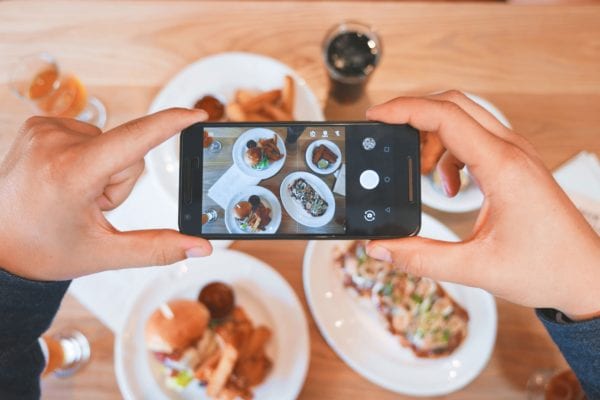Skift Take
As restaurants streamline their operations and hone app-based loyalty programs, technology dictates the divide between those who can participate and those who can't.
— Kristen Hawley

We’ve just released our first annual restaurant industry trends forecast, Skift Megatrends 2018. You can read about each of the trends on Skift Table as well as download a copy of our magazine here.
Cash-only used to be a practical and even quirky feature of plenty of bars and restaurants, but the pace and prevalence of technological growth is shifting the tide. At the same time, restaurants are working to streamline operations, and introducing mobile order and cashless transactions helps restaurants fulfill more orders for more customers.
Cashless transactions and digital ordering are working for plenty of restaurants from large chains like Sweetgreen to smaller, solo locations, like Union Square Hospitality Group’s Caffe Marchio in New York. (Other restaurants in the group, Daily Provisions and Martina, are also cash-free.)
Consumers are carrying less and less cash, thought this was a good model to try,” said USHG vice president of technology and process, Maureen Cushing, at an industry conference last year. But, she adds, changing the game here starts at the top. “We had to have plenty of communication around [the policy], and you need appropriate signage,” she added. “When someone says something negative you don’t want your barista to say, oh yeah we hate it too.”
As more restaurants implement cash-free transactions and digital ordering, it’s no longer a question of if these technologies will gain in popularity, but how quickly. New York’s newest location of Dos Toros Taqueria opened this week as a cash-free operation. “We’ve been rolling out cashless check-out to most of our locations since October. Since the Garment District location is the first to open since we’ve made this process change, we felt it made sense to just open cashless from day one,” co-CEO Leo Kremer told Modern Restaurant Management.
Data from the National Restaurant Association illustrates the challenges of imposing large technological shifts on customers. Forty-two percent of consumers say the ability to order online could make them choose one restaurant over another. But 45 percent say technology makes restaurant visits and ordering more complicated. And only 20 percent admit they’d rather use technology than interact with restaurant staff.
Implementation Benefits
Restaurants find clear benefit in implementing these cashless and tech-fueled systems.Ditching cash often means shorter waits to pay. Employees don’t have to worry about the sanitary issues around handling money. And not having cash in-store can be simply safer.
It’s especially beneficial at restaurants with long lines, where online order placement and pickup changes the flow of people within a restaurant. No matter how many times you do it, placing an online order that allows you to cut the line and pick up your food feels good. But at the end of the day, it’s a luxury.
The pitfalls of mandating order and payment methods have been chronicled a few times over, and restaurants that have chosen to go cashless admit the need to find an optimal solution for those who may not have a credit card or smartphone. “Today, the communities that we’re in, most people do [have credit], but there is a very vocal group of people, whether it’s because of them or because of wanting to be inclusive, that we’re very, very conscious about,” Sweetgreen co-CEO Jonathan Neman told Recode after the chain announced it was going completely cash-free.
Don’t Discount Preferences
This isn’t just an economic problem, either. Even those with the means to use technology may not want to do it. Plenty of people would rather interact with a person than a screen. Let’s call this the “dad test” — how would dad feel about these changes? (Let’s just say he’s a prime example of the reason airlines still staff check-in counters at the airport amid a sea of touch screens.)
Dad prefers the human touch for a few reasons. He’s not as comfortable using the technology on his brand-spanking-new (pre-owned) smartphone. He doesn’t trust the computer kiosk to get the order right (though these improve accuracy, in reality).
Is any given restaurant going to miss dad’s business? Probably not, but he’ll be a constant outlier as more people adopt these new technologies and he could certainly miss out on a new, notable, or potentially convenient restaurant option.
As with any shift in operations, new operational models will take some time for customers to adopt widely. For now, the ability to seek out a cashless or, conversely, cash-accepting restaurant isn’t a huge challenge. But as more restaurants adopt the technology, diners could find themselves limited by what they carry in their purses.
Download Your Copy of Skift Megatrends 2018
This year’s Megatrends are sponsored by our partners at AccorHotels, Allianz Worldwide Partners, Hilton Garden Inn, Intrepid Travel, onefinestay, and Upside.






